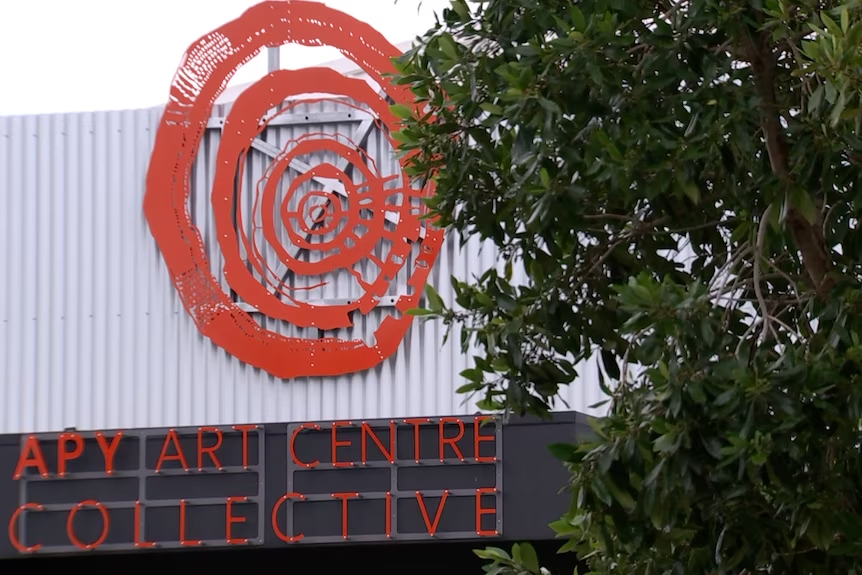The Australian Competition and Consumer Commission (ACCC) has ended its investigation into the “White Hands on Black Art” allegations against the APY Arts Centre Collective (APYACC), reporting that it found nothing to suggest consumer law has been breached.
The ACCC had been asked to consider a reference from a tri-government report initiated by SA, the NT and the Federal Government into an investigation by The Australian newspaper suggesting interference by white facilitators in remote art centres into paintings by Anangu artists. A video published with the story appeared to show a non-Indigenous assistant directing the painting of a work by senior artist Yaritji Young, who later denied her art had been interfered with.
These matters were first reported on AAD on 13th April last year – a long time for such matters to remain unresolved.
“We have reviewed the material provided by the South Australian government panel and others”, Catriona Lowe, the ACCC deputy chair told the media, “and found nothing that we consider may have breached the Australian Consumer Law”.
While the watchdog boss ruled out a breach of consumer law, she did acknowledge that broader cultural issues surrounding the allegations fell outside of their enforcement powers. “The ACCC acknowledges that the media coverage prompted important discussion on complex cultural and social issues around the different roles and contributions in the creation of Anangu artwork and the management of community art studios”, Lowe continued.
“The ACCC supports proposed federal legislation to protect Indigenous cultural and intellectual property that was heralded by the Government in January 2023. The proposed new legislation … may provide a more suitable approach to govern the issues around the production and management of First Nations art”.
Apart from the ACCC reference, the tri-government panel also referred allegations to the Office for the Registrar of Indigenous Corporations (ORIC). ORIC’s investigation is continuing.
An ORIC spokesperson told the ABC on Friday it had determined that a number of the allegations were not within ORIC’s legislative authority or insufficient evidence was available to support them. “However, ORIC has decided to investigate a matter alleged in the referral. It is not appropriate for ORIC to comment further on the allegations, the investigation, nor speculate on outcomes”.
The current chair of the APYACC, Sandra Pumani, has been translated as saying that the Collective welcomed the findings of the ACCC.
“‘White Hands on Black Art’ is a false story and now we are vindicated. The findings prove what we have always known, that there is no doubt that the integrity and honesty of our artists and their work is of the highest professional standard. APY artists are thrilled we can now continue to create world-leading artwork without the unfair and incorrect allegations made against us”.
The APYACC’s three galleries in Sydney, Melbourne and Adelaide – where there’s also a studio for Anangu artists – have continued to function over the contentious last 15 months. There’s no news of the National Gallery reviving its original exhibition exclusively of APYACC artists. But it may be significant that the Museum & Art Gallery of the NT which organises the imminent annual Telstra NATSIA Awards, which denied entry to APYACC artists last year, has included several amongst this year’s finalists.


